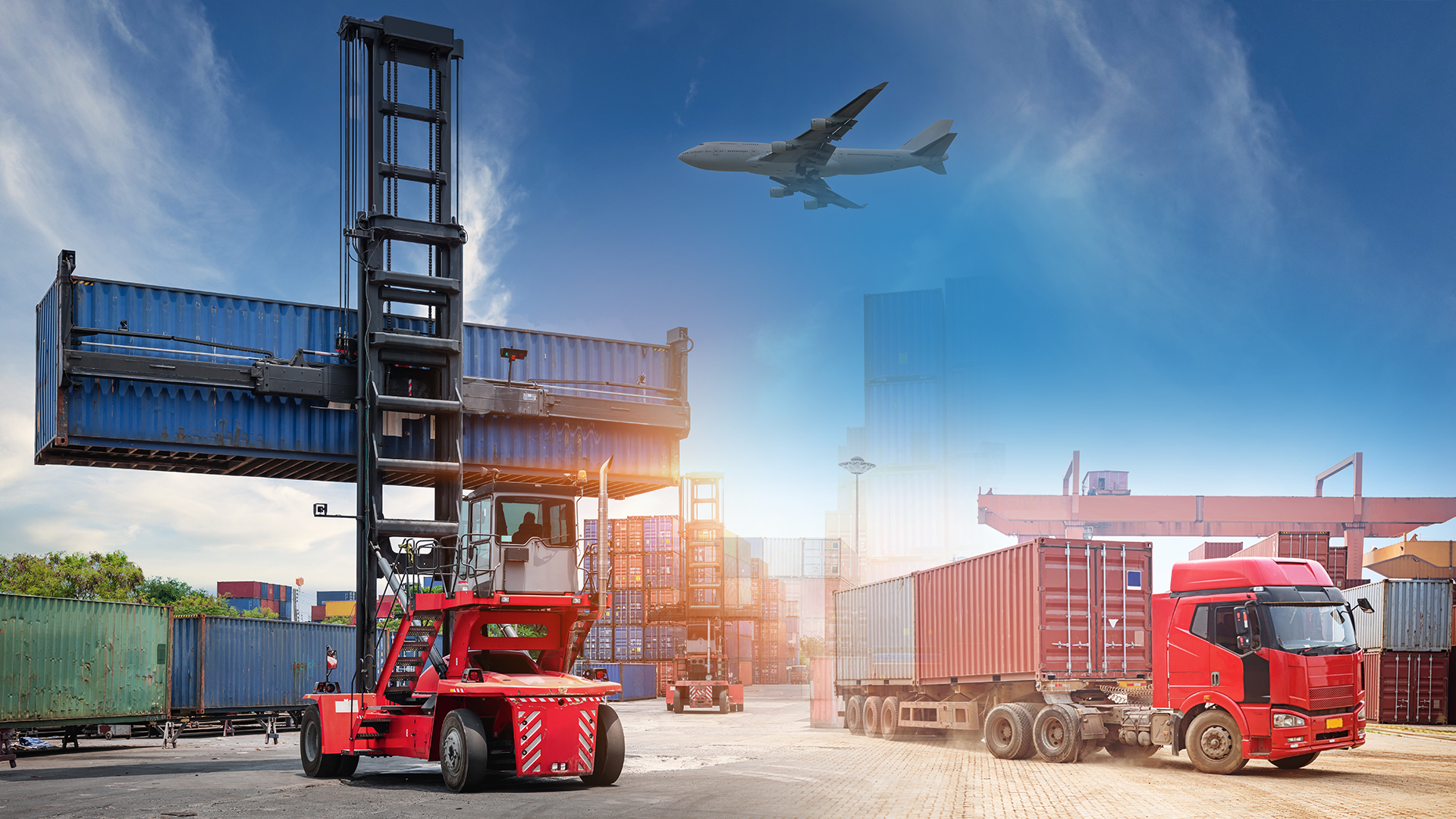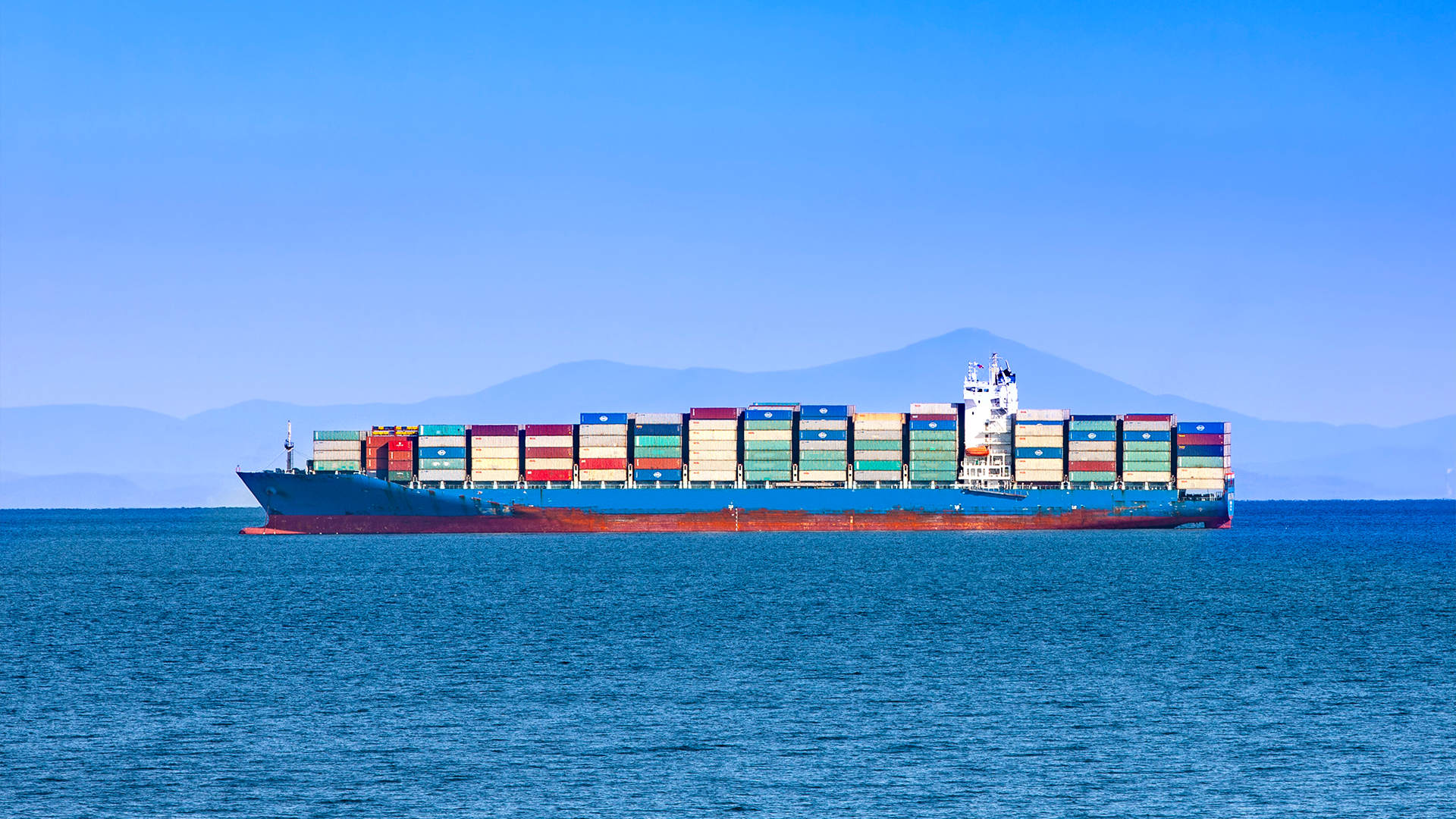
When most people think about the term “disruption,” destruction is top of mind. Really, disruption is about creation: finding inefficiencies in existing processes and developing solutions to improve them.
The transportation and logistics (T&L) industry has always been ripe for disruption:
- Horse-and-buggy deliveries gave way to trucks as early road systems began to improve and as vehicles became less expensive to operate and maintain

- Goods needed to be moved from one shipping container to another until Malcolm McLean invented the intermodal shipping container, allowing single containers to be used across different modes of transportation – from ship to rail to truck – without having to empty its contents. In this case, the cost of loading/unloading ships dropped from $5.86/ton (1956 U.S. dollars) to just $0.16

In T&L, it’s downtime which causes the destruction of things like on-time, low-cost delivery and customer satisfaction. Using the examples above, disruption reduced the downtime associated with horses resting and being cared for and longshoremen hand-loading goods from a ship to a truck or train.
As evidenced in the latest SOTI report, Mobilizing the Delivery Workforce: State of Mobility in Transportation and Logistics, the industry has been disrupted as organizations must provide immediate value in the form of improved operational efficiencies and reduced costs.
In other words: people want more things delivered faster and cheaper. The old way, the inefficient way – limited selection, longer shipping times and more expensive shipping costs – is out-of-date. This is in no small part due to the pandemic which has shifted consumer behavior and expectations.
Disruption is a good thing. Downtime is not. And technology is ensuring T&L organizations get more of the former and less of the latter.
HOW IS TECH HELPING WITH DISRUPTION IN THE T&L INDUSTRY?
Find out in your free copy of Mobilizing the Delivery Workforce: State of Mobility in T<he Worst Disruption of All: Downtime
McLean himself said that “a ship earns money only when she’s at sea.” He based his business ideas on maximizing time spent on the water (uptime) and minimizing time spent in dock (downtime).

Fast-forward to today and that adage is truer than ever. When trucks are on the road, they make money to the tune of approximately $1.47 USD per mile ($1.35 in 2017 USD adjusted for inflation). If a truck drives 10,000 miles per month, that’s $14,700 USD of revenue.
Conversely, when trucks don’t move, they earn zero. And in 2021, it isn’t necessarily flat tires or routine maintenance causing downtime. Technical or system difficulties are delaying shipments:
- Globally, employees lose 14 hours per month due to device downtime
- Canadian T&L workers lose 17 hours of productivity per month because of device issues, while workers in the U.S., UK, Germany, Sweden and Australia all lose 15 hours
- 98% of T&L organizations claim they deal with technical or system difficulties that delay shipments in a normal week

Simply put, mobile device downtime is devastating the T&L industry. On one hand, organizations claim to have no time for downtime. On the other hand, they do not have the structured IT support necessary to remotely diagnose, troubleshoot and resolve critical issues.
This is particularly true when a driver is stranded by the roadside with a mobile device or app issue which prevents them from delivering their shipment on time. For example, lost connections or app performance issues can cost T&L businesses $20,000 per mobile worker and up to 100 minutes in lost productivity per year.
Think about it: The truck is fine. The load is secured. The driver is ready to go. A simple device issue that could possibly be resolved in minutes with remote control technology, brings the entire supply chain to a halt.
That’s beyond disruptive. It’s destructive.
To Be Truly Disruptive, T&L Must Invest in the Right Areas
In 1956, to bring his idea of intermodal shipping containers to life, Malcolm McLean invested $22 million USD (that’s almost $216,000,000 in today’s USD) and bought two World War II tanker ships to carry his containers. It was a smart, sharp investment that truly disrupted the industry for the better.
Today, the T&L industry is still making advancements with investments in technology. However, organizations are not always investing in the right areas. Look at some of the technology issues facing the supply chain:
- 24% of T&L businesses say legacy systems (ensuring old and new devices can speak to each other) are the main cause of the problems they face
- 72% say their systems and technology are not integrated
The adoption of an intelligent mobile strategy that considers how to connect everything is disruptive in that it closes technology gaps and eliminates inefficiencies. When T&L deliveries are late, organizations end up spending 20% more on shipping costs than they normally would.
But the costs are greater when you consider reduced customer retention, the damage to brand and reputation, and the potential decreased lifetime value of long-term customers.
Again, those consequences aren’t disruptive; they are destructive to the health and success of any T&L business.
In Mobilizing the Delivery Workforce: State of Mobility in Transportation and Logistics, you’ll learn how the T&L industry is focusing on positive disruption. It’s a must-read report for any T&L technology decision-makers who face the challenging task of maximizing supply chain effectiveness while minimizing the destructive force of downtime.



